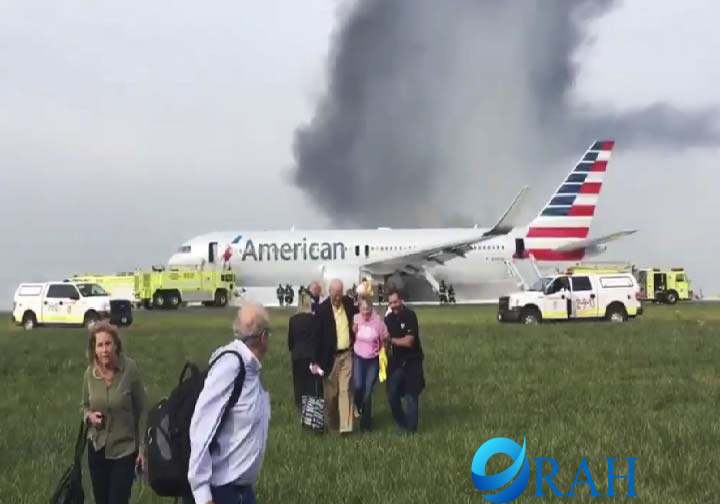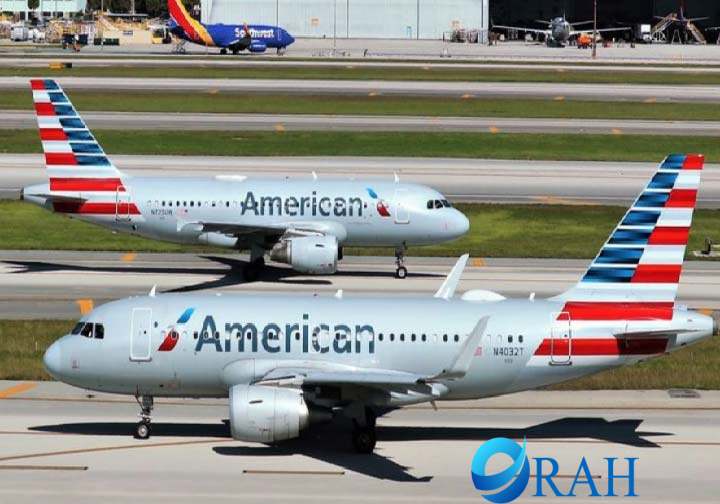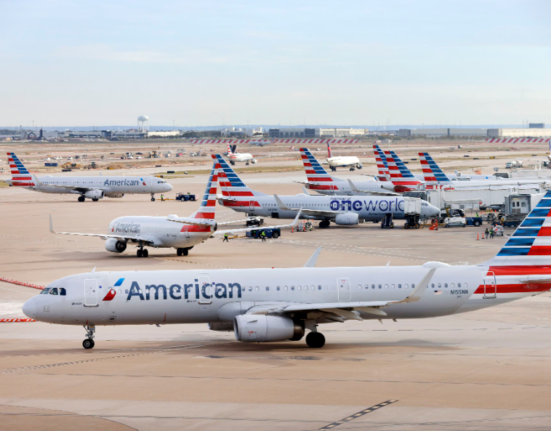Emergency landings are unexpected events, often causing concern for both passengers and the airline industry. Recently, the topic of American Airlines emergency landing has captured attention, sparking curiosity about how airlines handle these situations, what causes them, and what passengers can expect.
In this article, we’ll delve into the different aspects of emergency landing, focusing specifically on American Airlines and the procedures they follow. We’ll also explore some notable incidents, the safety measures in place, and what passengers should know when facing an emergency landing
Introduction
An emergency landing can be an intense experience for everyone on board, from the flight crew to the passengers. While the aviation industry prioritizes safety, unexpected situations can arise. In recent years, American Airlines, like other carriers, has had its share of emergency landing. This article aims to provide a comprehensive view of what leads to an emergency landing, the airline’s response, and steps taken to ensure everyone’s safety.
What is an Emergency Landing?
An emergency landing occurs when an aircraft needs to land unexpectedly due to safety concerns. These landings can result from technical issues, weather changes, medical emergencies, or even external factors like bird strikes. The objective is always the same: get the aircraft safely to the ground.
Types of Emergency Landings
1. Precautionary Landing
In a precautionary landing, the pilot decides to land as a preventive measure. There may not be a direct risk, but an issue has been identified that could potentially lead to complications.
2. Forced Landing
A forced landing happens when a pilot must land due to an immediate emergency, like engine failure. In such cases, the flight crew acts swiftly to bring the aircraft down in the safest way possible.
3. Ditching
Ditching is a type of emergency landing on water. It’s a rare occurrence but is part of a pilot’s emergency training.
Why Do Emergency Landings Occur?
1. Technical Malfunctions
Modern aircraft are highly advanced, but they aren’t immune to malfunctions. A sudden engine failure, hydraulic issues, or electrical faults are common reasons for emergency landings.
2. Weather Conditions
Severe weather, such as thunderstorms or strong winds, may prompt an emergency landing. Airlines prioritize passenger safety and will divert to avoid dangerous weather patterns.
3. Medical Emergencies
In cases where a passenger or crew member suffers a severe health issue, pilots may divert the flight to ensure that medical professionals can attend to the individual as quickly as possible.
4. External Interference
Unexpected factors like bird strikes, volcanic ash, or even laser interference can pose risks, leading the crew to initiate emergency landing protocols.
The Protocols American Airlines Follows
American Airlines has well-established protocols for emergency situations. Here’s a look at the steps they take:
- Assessment by the Pilot and Crew: The crew quickly assesses the situation, considering all available data.
- Communication with Air Traffic Control: They coordinate with air traffic control to plan the safest landing route.
- Preparation for Landing: Crew members inform passengers about the situation, preparing them for the emergency descent.
Notable American Airlines Emergency Landing
Over the years, there have been a few significant emergency landing involving American Airlines:
- Flight AA192, Chicago to Miami (2021): The plane was diverted due to a medical emergency on board, landing in Atlanta for urgent medical attention.
- Flight AA730, New York to London (2022): The aircraft returned to New York shortly after takeoff due to an engine warning, demonstrating how pilots prioritize safety over schedules.
Each case highlights American Airlines’ commitment to prioritizing safety.
How Pilots and Crew Handle Emergencies
Pilots and crew members receive extensive training in handling emergencies, including specific scenarios for various types of incidents. They follow a checklist tailored for each situation and ensure clear communication to keep passengers calm and informed.
Passenger Safety During Emergency Landings
Safety is the primary focus during any emergency landing. Passengers are often briefed on brace positions and other protective measures, and the crew ensures that everyone understands the process. Cabin crew members are trained to assist in evacuations if needed, making sure that passengers exit the aircraft swiftly and safely.
The Role of Air Traffic Control
Air traffic controllers are instrumental in coordinating emergency landings. They provide guidance, clear other aircraft from the intended landing path, and facilitate quick access to emergency personnel upon landing. Their communication with the pilot ensures that emergency landings are as smooth as possible.
Impact of Emergency Landings on Airline Operations
While safety is the primary concern, emergency landings can disrupt airline schedules and lead to unexpected costs. Aircraft that have undergone emergency landings often require thorough inspections before resuming service, causing delays and additional maintenance expenses.
Lessons Learned and Safety Improvements
Every emergency landing is an opportunity for airlines to improve. American Airlines regularly reviews incidents, working with aviation authorities to enhance safety protocols. This commitment to continuous improvement has made the airline safer over time.
What Passengers Should Do in an Emergency Landing
Knowing what to do in an emergency landing can make a difference. Here are a few tips for passengers:
- Listen to Crew Instructions: Cabin crew members are trained for emergencies, so it’s essential to follow their guidance.
- Stay Calm: Panicking can lead to chaos and injury. Maintaining calm helps the crew manage the situation effectively.
- Prepare for Impact: Assume the brace position as directed. This position can help protect you from potential injuries.
FAQs
1. What should I do if I’m on a flight experiencing an emergency landing?
Listen to the crew, follow instructions, and remain calm. Following the safety protocols will help you stay safe.
2. How often do emergency landings occur?
Emergency landings are rare due to the extensive safety measures in place, but they do occur when necessary to ensure passenger safety.
3. Are emergency landings dangerous?
While emergency landings may feel intense, they are generally safe. Pilots and crew are well-trained to handle such situations.
4. Why would an American Airlines flight make an emergency landing?
Emergency landings can be prompted by a variety of factors, including technical issues, weather, or medical emergencies.
5. How can I reduce the risk of needing an emergency landing?
While passengers have limited control, choosing reliable airlines like American Airlines with strong safety records can minimize the risk.
Conclusion
Emergency landings, while rare, are carefully managed events with safety as the priority. American Airlines, along with other major carriers, has strict protocols and trained personnel ready to handle these situations, ensuring passengers experience minimal risk. By understanding the process and knowing what to expect, passengers can approach such situations with a calm and informed mindset.




Leave feedback about this